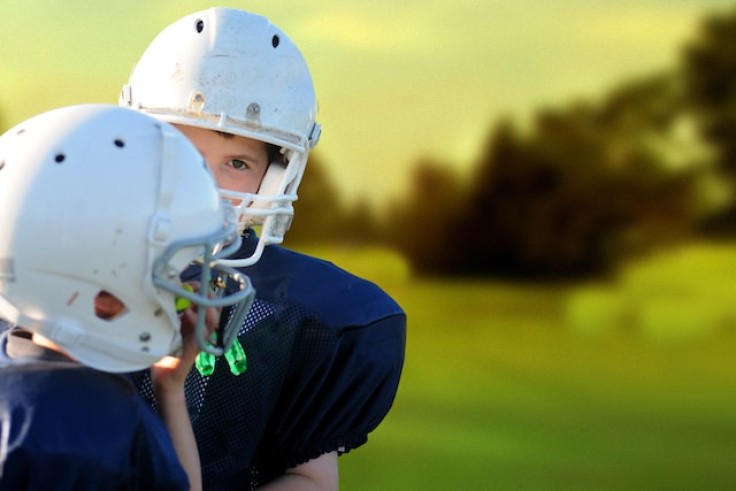
Over the years, the perception and understanding of concussions have seen a transformative shift. What was once dismissed as a minor inconvenience, often comically portrayed in the media, is now recognized as a significant medical concern. This change in awareness has become particularly prominent in the world of sports, where both amateur and professional levels now have stringent concussion protocols to protect players.
The US Centers for Disease Control and Prevention (CDC) provide a detailed definition of a concussion. According to them, it is the result of any sudden "bump, blow, or jolt to the head" or a forceful hit to the body leading to rapid head and brain movement. Such abrupt actions can make the brain shift, bounce, or even twist inside the skull. This internal movement might trigger harmful chemical changes within the brain, damaging the brain cells in the process.
These internal disturbances can lead to a myriad of symptoms, ranging from immediate sensations of disorientation to longer-lasting problems encompassing sleep disorders, memory lapses, learning difficulties, and personality alterations.
Beyond the Sports Field: Concussions in Everyday Life
The realm of sports, especially contact sports, undoubtedly sees a fair share of concussion cases. However, it's crucial to recognize that concussions aren't exclusive to athletes. They can also be a result of everyday incidents like falls, accidents on the road, military-related injuries, and even violent assaults, including domestic violence and child abuse.
The University of Pittsburgh Medical Center's estimations are eye-opening in this regard. Their data suggests that every year, there are between 1.7 million and 3 million concussions related to sports and recreational activities alone.
Alarmingly, half of these incidents either go unnoticed or aren't reported. This figure doesn't even consider the countless concussions resulting from non-sporting incidents.
Furthermore, the long-term implications of repeated head injuries are deeply concerning. Such repetitive trauma can lead to chronic traumatic encephalopathy (CTE). CTE is a degenerative brain condition linked to severe symptoms like memory erosion, episodes of depression, erratic impulsive actions, and early-onset dementia.
A Closer Look at Julie Stamm's Expert Insights on Concussions
Julie Stamm, an esteemed author and a pivotal figure in the field of kinesiology at the University of Wisconsin-Madison, offers valuable insights into the world of concussions.
- Consciousness and Concussions: A widespread myth is that concussions inevitably result in a loss of consciousness. Stamm debunks this by pointing out that a vast majority (more than 90%) of concussions don't lead to unconsciousness.
- The Mechanism of Injury: It's a common misconception that direct blows to the head are the sole cause of concussions. Stamm clarifies that any force causing rapid head movement can result in a concussion. This is because the brain, floating inside the skull, can be jolted by indirect forces as well. This fact also underscores that while helmets are essential protective gear, they cannot guarantee complete concussion prevention.
- The Spectrum of Symptoms: Recognizable signs of a concussion include dizziness, disorientation, and a dazed appearance. However, Stamm emphasizes the importance of being alert to more subtle symptoms. These might encompass changes in sleeping habits, emotional fluctuations, and signs of apathy. Importantly, these symptoms might have a delayed onset.
- Rethinking Recovery Methods: The conventional wisdom around concussion recovery heavily leans towards complete rest. Stamm, however, underscores the evolving understanding of recovery. She suggests light physical activities like walking or stationary biking within a day or two post-injury. Such moderate exercises can boost blood circulation to the brain, potentially hastening the healing process.
- Prioritizing Impact Prevention: One of Stamm's primary emphases is on proactive measures. She suggests minimizing impact, especially in sports training. Strategies like reducing physical contact during practice sessions or introducing full-contact sports at a later age can significantly reduce the risk of concussions.
As the understanding of concussions deepens and evolves, the importance of early detection, timely intervention, and preventive strategies becomes increasingly evident. By staying informed and taking proactive measures, we can significantly mitigate the risks and long-term implications of this form of brain injury.
Related Article : Nutrition's Emerging Role in Concussion Treatment